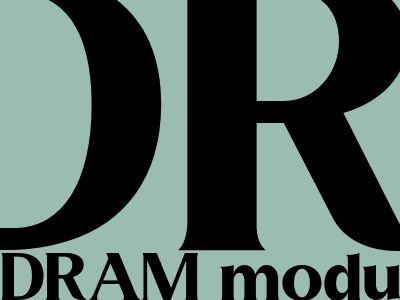
DRAM Module Revenue Declined 28% in 2023
DRAM Market Overview
The DRAM market experienced a significant downturn in 2023, with revenue declining by 28% year-over-year. This decline was primarily driven by a combination of factors, including a slowdown in demand from key end markets, particularly the consumer electronics sector, and an oversupply of DRAM modules in the market.
Factors Contributing to the Decline
Weakening Demand from Consumer Electronics
The consumer electronics sector has been a major driver of DRAM demand in recent years, particularly for use in smartphones, laptops, and other portable devices. However, in 2023, demand from this sector weakened due to several factors, including inflation and economic uncertainty, leading to a decline in consumer spending on electronic devices.
Oversupply of DRAM Modules
Another factor contributing to the decline in DRAM revenue was an oversupply of DRAM modules in the market. This oversupply was caused by a combination of factors, including increased production capacity by DRAM manufacturers and a slowdown in demand. The excess supply led to a decline in DRAM prices, which further contributed to the decline in revenue.
Regional Market Performance
The decline in DRAM revenue was experienced across all major regions, with Asia-Pacific being the most affected. The Asia-Pacific region accounts for the majority of global DRAM demand, and the slowdown in demand from this region had a significant impact on the overall market.
Outlook for 2024
The outlook for the DRAM market in 2024 remains uncertain. While some analysts predict a recovery in demand, particularly from the consumer electronics sector, others are more cautious, citing ongoing economic headwinds and the potential for further oversupply in the market. The long-term outlook for the DRAM market will depend on several factors, including the recovery of the global economy, the adoption of new technologies, and the competitive landscape.
Conclusion
The DRAM market experienced a significant decline in revenue in 2023, primarily due to weakening demand from the consumer electronics sector and an oversupply of DRAM modules in the market. The outlook for 2024 remains uncertain, with analysts predicting a potential recovery in demand but also citing ongoing economic headwinds and the risk of further oversupply. The long-term trajectory of the DRAM market will be shaped by a variety of factors, including the global economy, technological advancements, and industry dynamics.